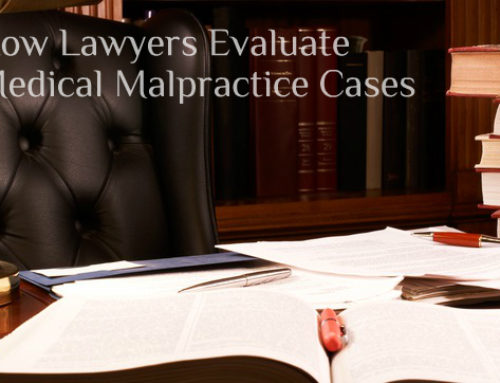The almost daily lawsuits continue to be filed in Baltimore City Circuit Court regarding lead paint exposure. The flurry of claims is due to a 2011 change in the law and threaten to bankrupt landlords who thought that they had complied with legal requirements. In addition, it appears that a children’s advocacy group has violated the public’s trust by not fully disclosing the lead levels in homes it promoted as “lead safe”.
Many homes in Baltimore, especially those in older and poorer neighborhoods, are contaminated with lead paint. The paint can cause severe development disabilities in children who are more likely to ingest the paint and have less immunity to the toxic effects. The 1994 Reduction of Lead Risk in Housing Act encouraged landlords with lead paint to take precautions against lead-paint poisoning in their rental units. In exchange for remedying their units, landlord’s liability for lead paint poisoning was capped at $17,000. After the new law was passed, there were few lead paint claims. However, in 2011, the Maryland Court of Appeals struck down the “immunity provision” that protected landlords. The court stated that it violated the state’s constitution by denying victims access to justice in what was once a wide-spread problem. The Maryland Court of Appeals decision opened the floodgates to a number of new lawsuits against landlords which are continuing to this day.
City Homes, Inc. which operated over 300 apartment units in poor neighborhoods has filed Chapter 11 bankruptcy in the wake of the new claims. In 2013 it was facing over 70 lead paint lawsuits. Moreover, in 2009, a jury awarded $2.5 million to a pair of siblings who were poisoned by lead-paint while living in a West Baltimore rowhouse owned by City Homes. The children lived in the home in the early 1990s with their mother and now have severe cognitive and behavioral disabilities. The case was later overturned on a technicality and the parties settled for an undisclosed sum.
On a related and sadder note, it is also alleged that an East Baltimore pediatric hospital used homes with lead-paint to study its effect on children without warning their parents of the risks. In the early 1990s, many children were being poisoned by lead paint in older and often decaying rental homes. The Kennedy Krieger Institute initiated a study in partnership with community landlords to reduce lead paint hazards in rental homes. The homes were supposedly retrofitted to reduce lead paint exposure. However, many plaintiffs allege that the homes marketed by Kennedy Krieger were not “lead safe” as advertised. Instead, they had continued to have high levels of lead and the children who lived in the homes were used by Kennedy Kreiger as “human subjects” to study the effect of lead paint. The study was halted after a blistering 2001 court opinion against Kennedy Krieger where by the judges likened the study to the notorious Tuskegee experiment in Alabama. In that case, hundreds of black men were denied treatment for syphilis so researchers could see how the disease progressed. The Kennedy Kreiger lawsuits continue to wind through the courts. The judgment against City Homes mentioned above was related to the tragedy—City Homes was one of the non-profit landlords involved in the study. Kennedy Kreiger has settled four cases but has not directly been found liable. It continues to state that it was trying to remedy a public-health crises and in no way intended to harm children.
If you or your family feel that you have fallen victim to lead paint poisoning, please contact our office to discuss your options.












